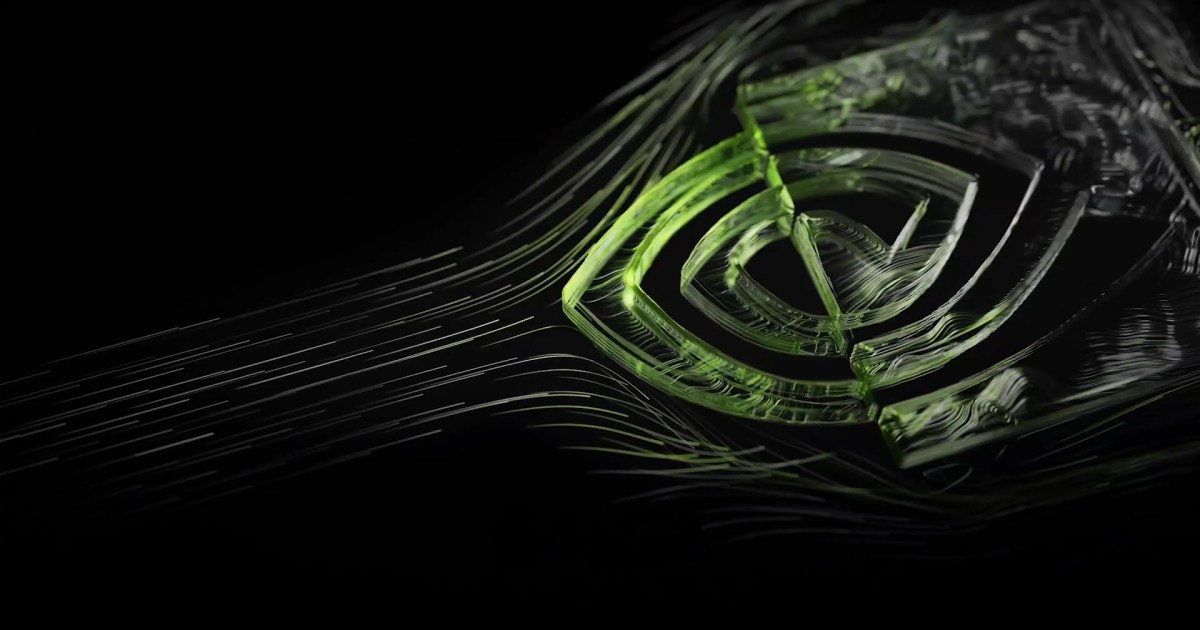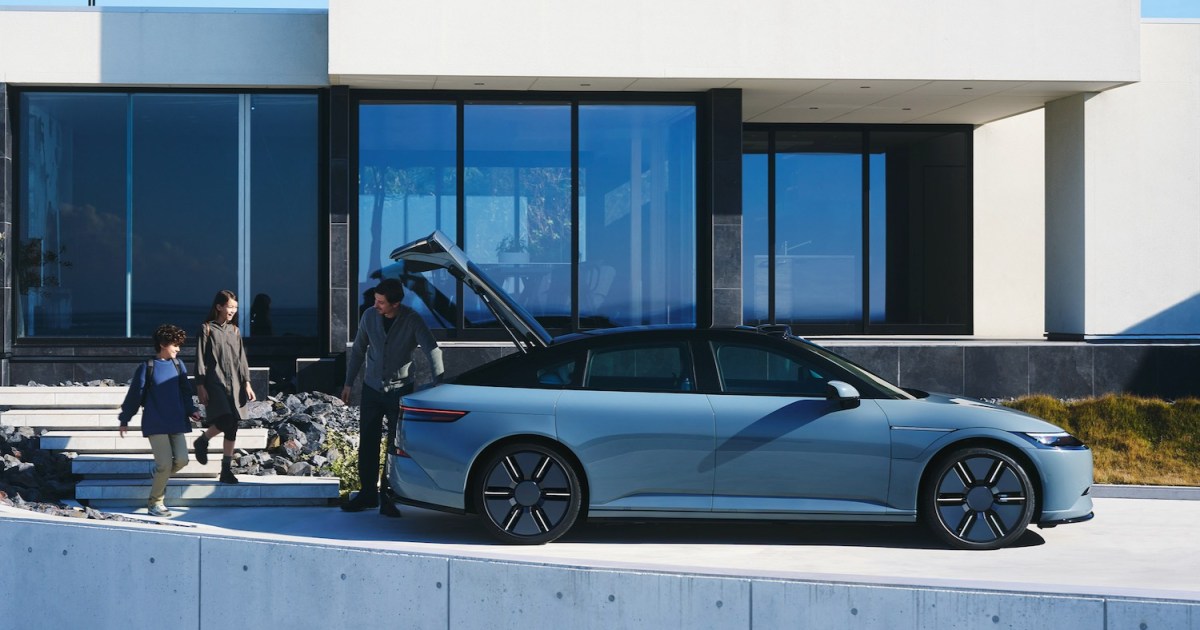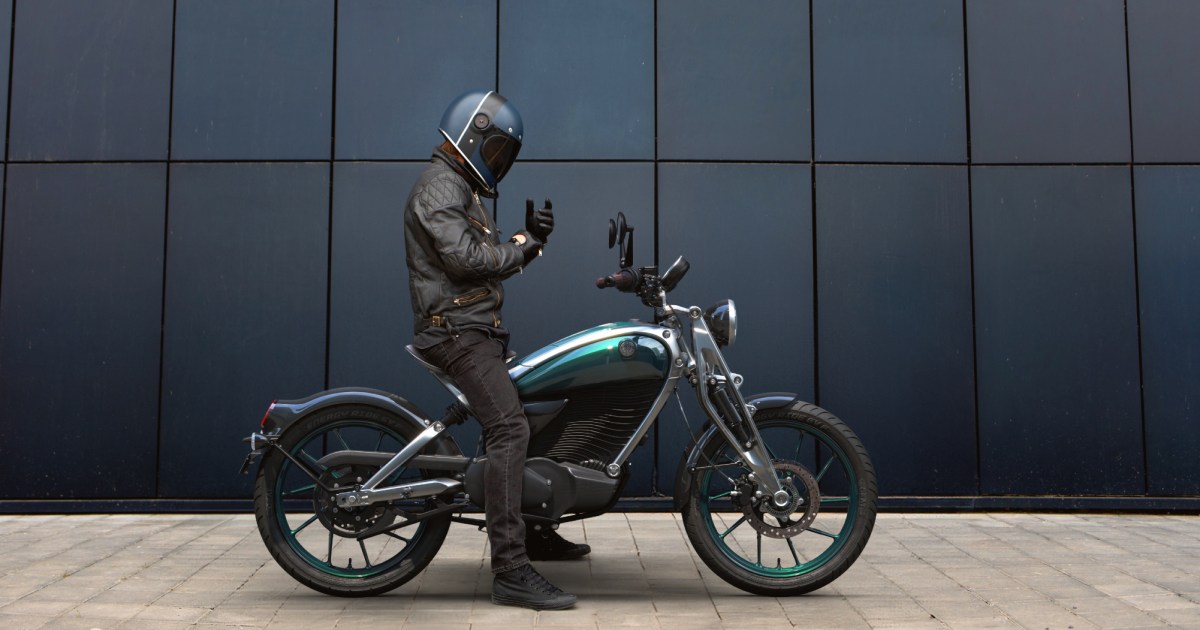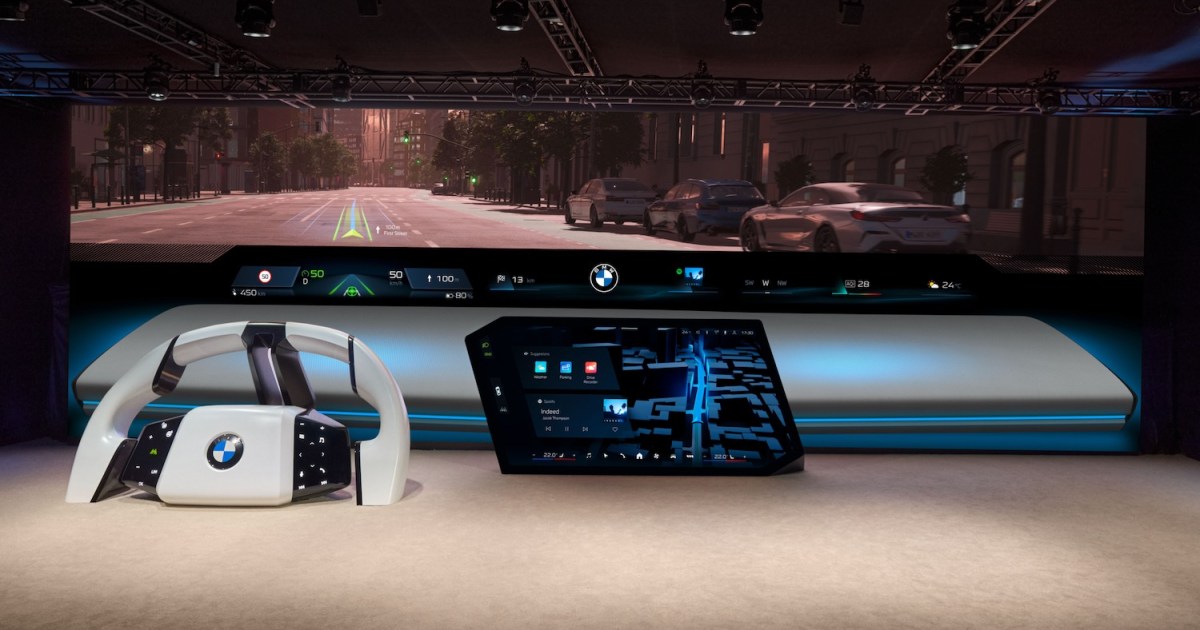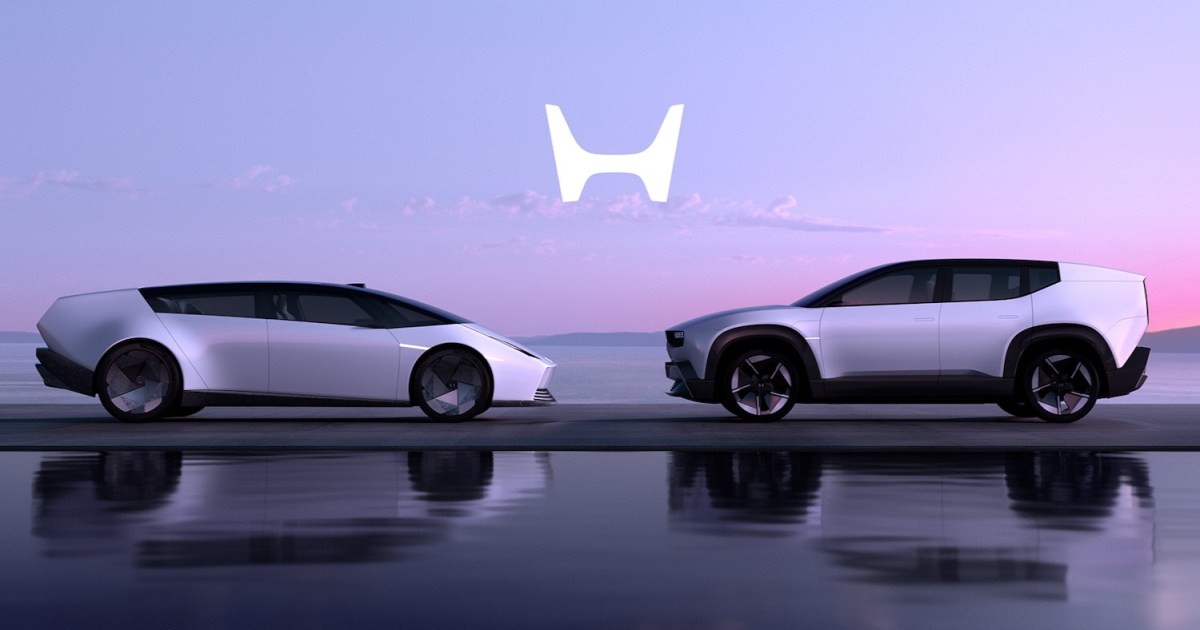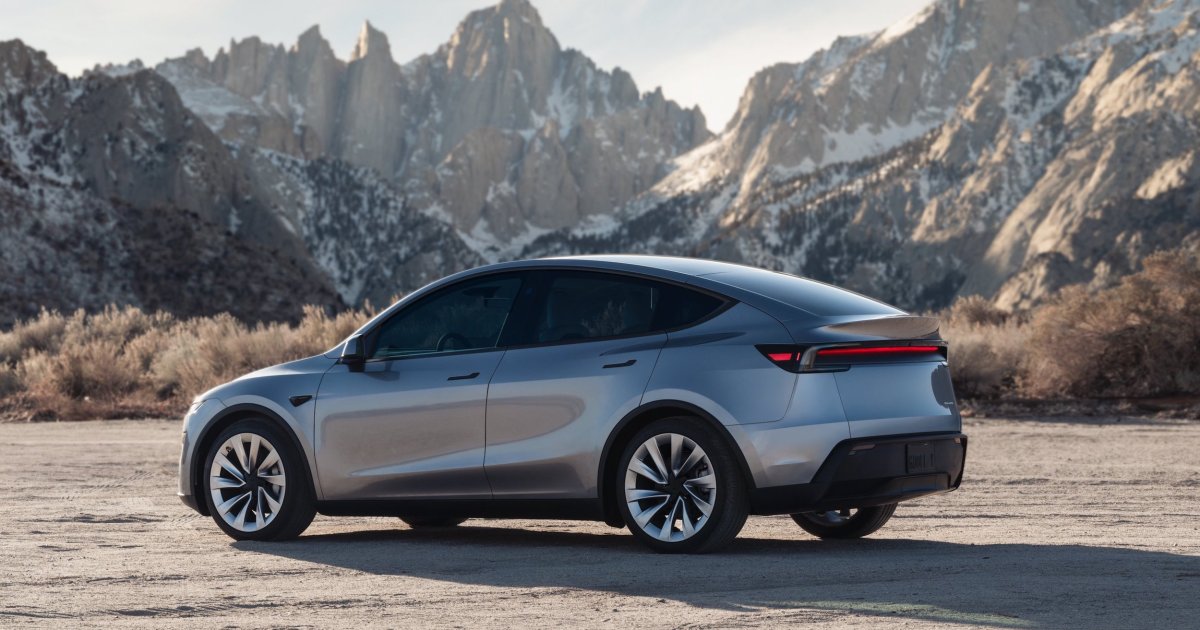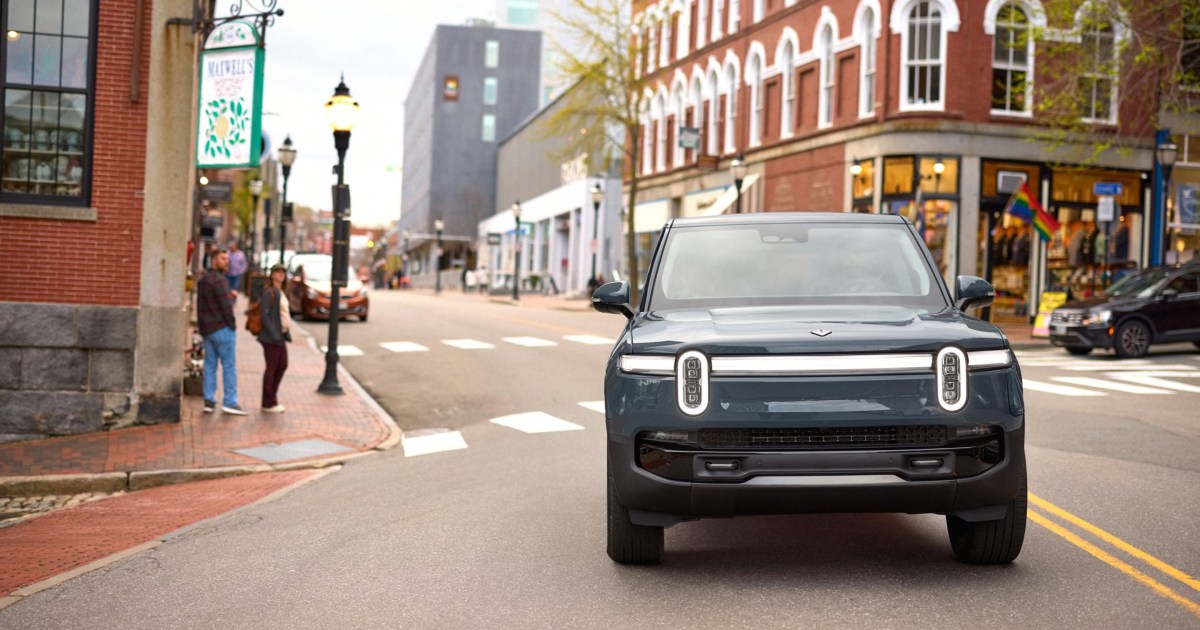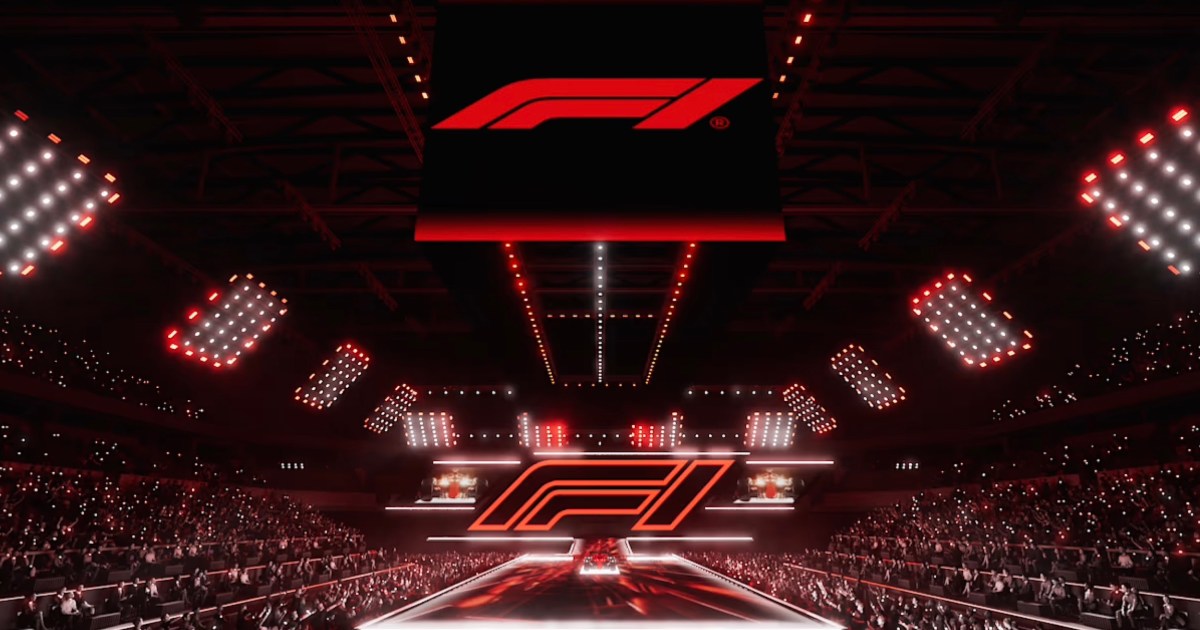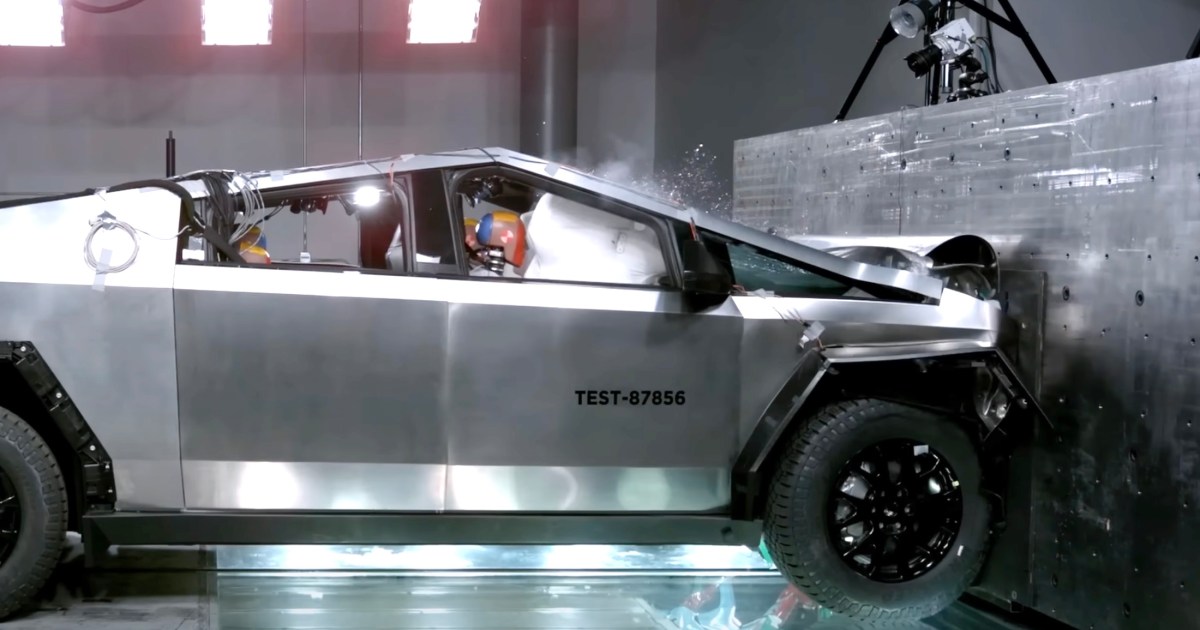Nvidia has experienced a remarkable year, and its trajectory continues upward. At CES 2025, CEO Jensen Huang revealed not only the company’s next-generation GPUs, but also a significant expansion into the automotive sector. This strategy goes beyond new automotive GPUs; it encompasses the broadened deployment of DriveOS, Nvidia’s specialized vehicle software. Toyota is a key partner already integrating DriveOS into their next-generation vehicles.
DriveOS isn’t primarily about infotainment; it’s a sophisticated autonomous driving platform forming the bedrock of Toyota’s self-driving ambitions. Nvidia’s objective with DriveOS is to deliver safe, real-time AI processing seamlessly integrated with other vehicle software.
Nvidia’s journey toward autonomous driving has been underway for some time, notably through Project Cosmos. Working in conjunction with Omniverse, Nvidia’s physics simulation tool, Cosmos transforms simulations into photorealistic visuals to train AI systems. This innovative approach allows Nvidia to create diverse training scenarios, eliminating the need for millions of miles of real-world testing.
The collaboration between Nvidia and Toyota isn’t new. Toyota has leveraged Nvidia’s DGX supercomputers for training AI models in self-driving car development. The partnership will eventually incorporate Nvidia’s AGX AI computer, currently the Thor AGX.
Nvidia also announced collaborations with autonomous vehicle startup Aurora and automotive supplier Continental, focusing on driverless truck deployment. The partnership with Toyota remains particularly compelling. Toyota has faced criticism for a slower adoption of new technologies, especially regarding battery electric vehicles (BEVs).
Despite past hesitations, the crucial role of major chipmakers in the future of vehicles is undeniable. Whether it’s processing sensor data for autonomous driving or providing a seamless user experience with responsive software, companies like Nvidia are shaping the automotive landscape.



